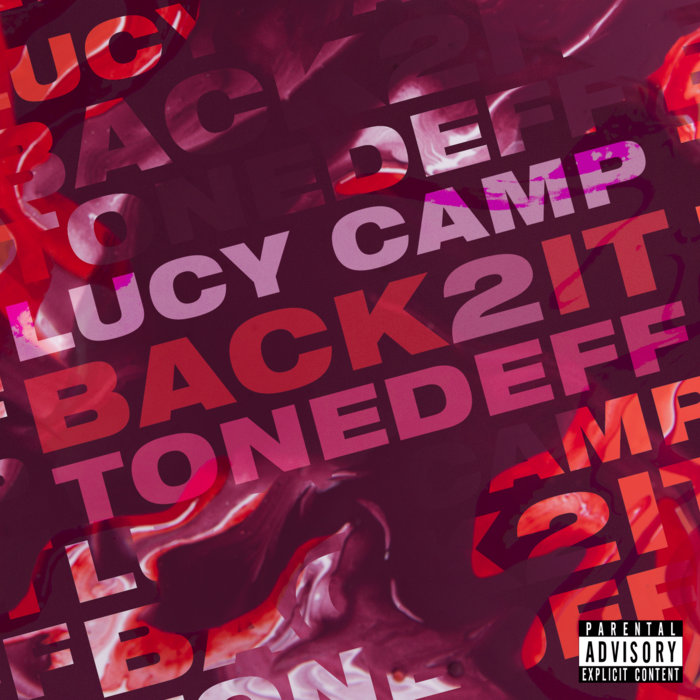
2016: no goodbyes – nak
this blog is GROOVY – check out great Soul, Funk, Jazz, Hip Hop, Bass, Breaks , Reggae, House n many more TUNES
Yo, welcome to the world of emo rap, a genre that punches you right in the feels while making you bob your head. It’s where the raw emotion of emo meets the laid-back vibes of hip-hop, creating a unique blend that speaks to many hearts (and ears). Let’s dive into this musical journey and uncover how it all kicked off!
The origins of emo rap can be traced back to the early 2010s. Think about it: you’ve got emotional lyrics from artists like My Chemical Romance and Dashboard Confessional rolling around in your brain. Meanwhile, hip-hop is booming with its own storytelling flair. This mashup found its first real spotlight through artists like Lil Peep and XXXTentacion, who were bold enough to mix confessions about heartbreak with catchy beats.
Before we get too deep into Lil Peep’s colorful hair and face tattoos, let’s give a shout-out to some early influences:
These elements came together beautifully when young rappers decided they could channel their angst over sweet instrumentals.
Fast forward a few years, and here comes Lil Peep, sporting his pastel hair and looking like he walked out of an artistic dream… or maybe straight outta Hot Topic. His debut mixtape “Come Over When You’re Sober” dropped in 2017, bringing together moody melodies with heartfelt lyrics that resonated with millions. Oh yeah, he knew how to make sad sound oh-so-good!
Not far behind him was XXXTentacion! This dude went from internet meme status (remember “Look At Me!”?) straight into our playlists—fusing heavy emotions with catchy hooks! True story: X once claimed on social media that if you listen hard enough while eating cereal at noon on Wednesday under the sunlight—you’ll totally catch deeper meanings in his tracks! Now that’s some true artistry for ya!
Did you know Lil Peep was basically living an art project? He would often find inspiration for his songs after staying up all night bingeing shows like Adventure Time! That makes sense—those adventures are both weirdly fun and kinda emotionally devastating.
Emo rap doesn’t just stop at blending genres; it also plays dress-up! Artists typically sport tattoos galore while flaunting fashion choices reminiscent of both rock shows and rap concerts—a beautiful chaotic combination!
And speaking about styles… did anyone see Juice WRLD’s fashion? Our guy was not afraid to wear oversized jackets paired with skinny jeans—talk about making statements without saying a word! Juice took vulnerability mainstream—not just lyrically but visually as well.
Check this out:
Juice once said he’d rather drop fire bars than hit the gym for sculpted abs—it seems folks loved him more for being real than ripped!
As emo rap grew popular during late 2016 through 2020, collaborations became major key ingredients in cooking up hits! Artists began working across genres because why not mix “Sad Boy” energy with trap bangers?! That’s how we got memorable collabs such as:
And let’s talk about Post Malone; he brought his melodic charm alongside R&B influence – two worlds colliding perfectly over sparkly beats!
Here’s another quirky bit:
Posty wasn’t initially keen on embracing his singing abilities until friends pushed him outta comfy zones—good thing too since we wouldn’t have “Sunflower,” which lit up charts everywhere!
Today, emo rap continues evolving but stayin’ true to its roots: emotional honesty mixed seamlessly onto dope-sounding tracks showcasing artist individuality.
New talents are surfacing left n’ right; wanna bet there’ll always be someone ready-to-go combining soulful cries coupled with sick rhythms?
Artists paving new paths include names like Trippie Redd or even Tyla Yaweh, keeping audiences vibin’ hard!!
One last hilarious tidbit before I bounce—you might remember Yung Lean who claims his style is “sad boys making happy music.” I don’t know what planet he’s from—but sign me up haha!!
So next time you’re bumping something raw yet relatable—from love letters disguised as raps just remember you’re partaking in an ever-evolving history filled within layers upon layers that’ll keep your speakers pumping long after done dealing life struggles flyin’ past ur headphones!!
Rock on fellow audio adventurers. Look forward catching future grooves coming down soon 🔥✨

2016: no goodbyes – nak

Back2It (feat. Tonedeff) – Lucy Camp